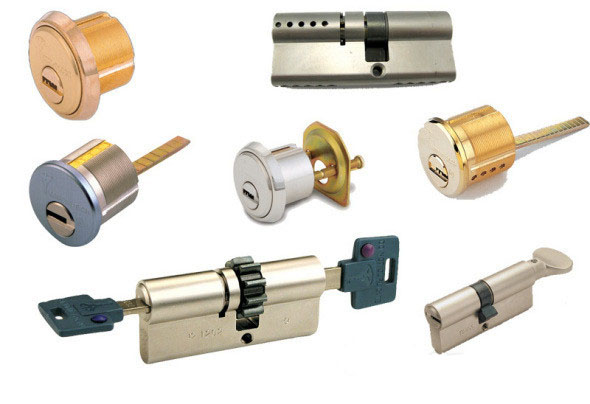This technical article introduces some maintenance methods including the installation of locks in our daily life.
1. The Installation of Locks
1) This work should be done by experienced carpenter or someone who has much knowledge about it. Trepan according to the distance model in product specification, chisel supporting box, lock buckle and box hole to make the preparation for installation.
2) Inspect whether the hole is accurate and strictly follow the steps in the product installation instructions. If you found the lock is not flexible or cannot work after installation, you should timely consult a locksmith, the distributor or the technical service department, after-sales service department of the product, so as to solve the problem.
3) If the product installation has no problem, then discharge the product, and remount it after the door is painted and dry (preferably in more than two or three days), so as to avoid the paint stick on lock products, which may affect the appearance and performance (lock is often not flexible after painted) and reduce its service life.
2. Operation and Maintenance of Locks
1) Often put lubricants in the lock body transmission parts to maintain its smooth transmission and prolong service life. And check it once half a year or one year, at the same time, inspect whether the fastening screw is loose to ensure fastening.
2) You can put a little graphite powder or pencil powder in the slot of the lock when the key doesn’t work fluent, or you can do it regularly (six months or a year) so as to ensure the smoothness. But don't add any other oil for lubrication, in case that the grease sticks billiard spring, which can lead to the failure of locks.
3) Check the fit clearance of the lock body and gusset plate to see whether the lock tongue is fitting for gusset plate hole of the lock. The best fit clearance of door and its frame is 1.5 mm to 2.5 mm. If there have changes, you should adjust the position of the door hinge or the gusset plate. At the same time, pay attention to thermal expansion and contraction stress caused by the weather (spring is wet, while dry in winter), in order to ensure the clearance fit between the door and its frame, lock body and the gusset plate.
1. The Installation of Locks
1) This work should be done by experienced carpenter or someone who has much knowledge about it. Trepan according to the distance model in product specification, chisel supporting box, lock buckle and box hole to make the preparation for installation.
2) Inspect whether the hole is accurate and strictly follow the steps in the product installation instructions. If you found the lock is not flexible or cannot work after installation, you should timely consult a locksmith, the distributor or the technical service department, after-sales service department of the product, so as to solve the problem.
3) If the product installation has no problem, then discharge the product, and remount it after the door is painted and dry (preferably in more than two or three days), so as to avoid the paint stick on lock products, which may affect the appearance and performance (lock is often not flexible after painted) and reduce its service life.
2. Operation and Maintenance of Locks
1) Often put lubricants in the lock body transmission parts to maintain its smooth transmission and prolong service life. And check it once half a year or one year, at the same time, inspect whether the fastening screw is loose to ensure fastening.
2) You can put a little graphite powder or pencil powder in the slot of the lock when the key doesn’t work fluent, or you can do it regularly (six months or a year) so as to ensure the smoothness. But don't add any other oil for lubrication, in case that the grease sticks billiard spring, which can lead to the failure of locks.
3) Check the fit clearance of the lock body and gusset plate to see whether the lock tongue is fitting for gusset plate hole of the lock. The best fit clearance of door and its frame is 1.5 mm to 2.5 mm. If there have changes, you should adjust the position of the door hinge or the gusset plate. At the same time, pay attention to thermal expansion and contraction stress caused by the weather (spring is wet, while dry in winter), in order to ensure the clearance fit between the door and its frame, lock body and the gusset plate.

